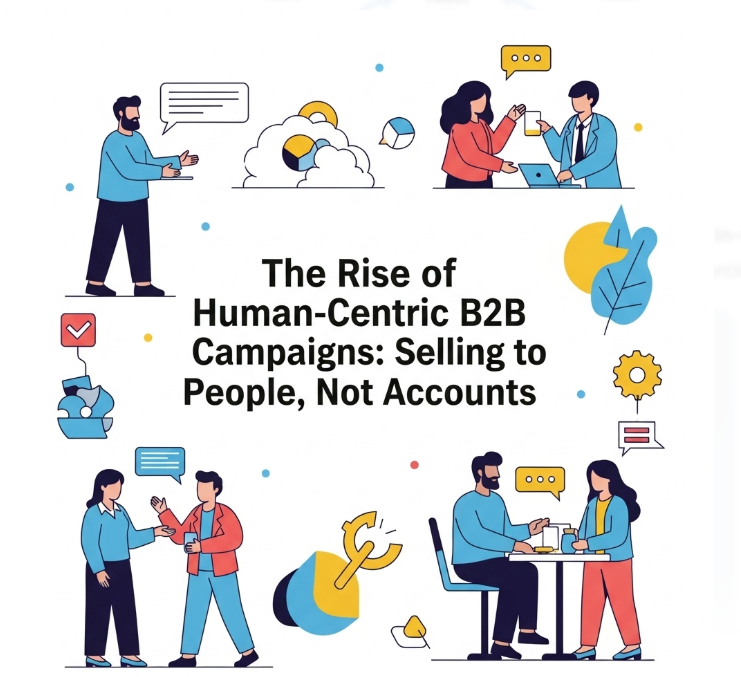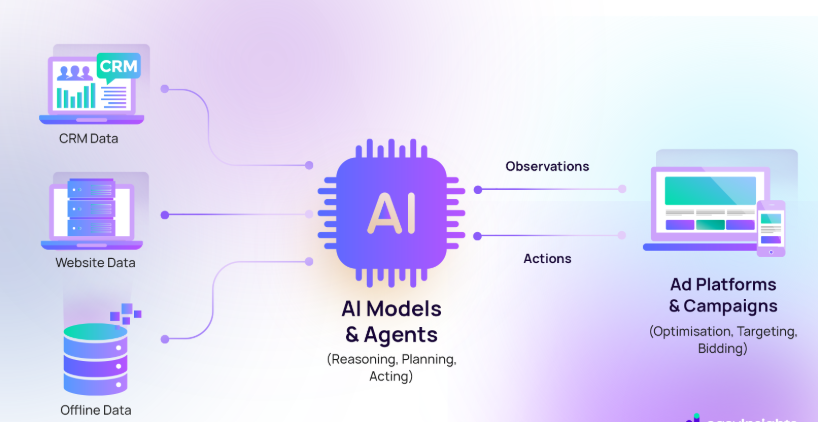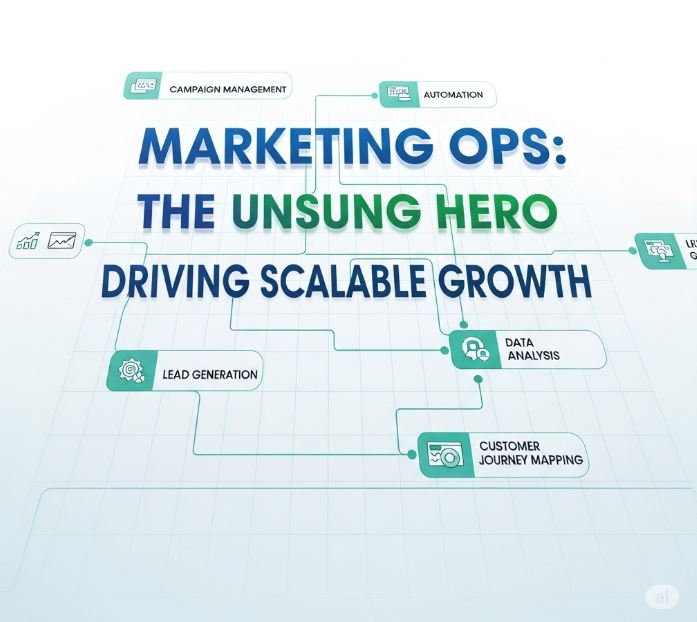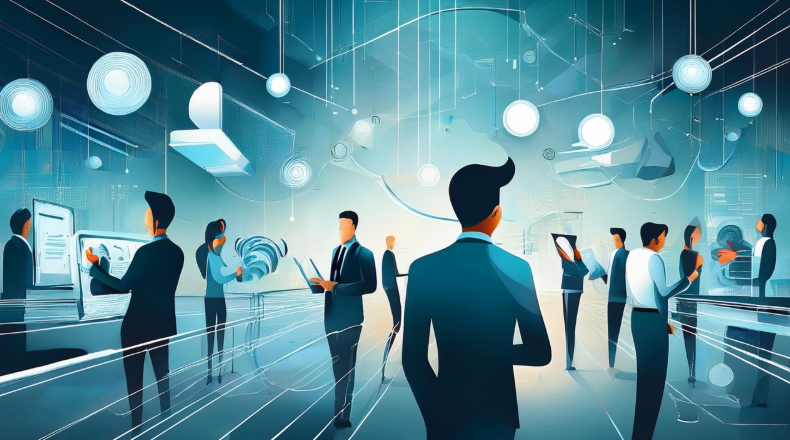Introduction
The way B2B companies engage customers is changing rapidly. For decades, businesses relied on human sales reps, static campaigns, and scripted chatbots to move buyers through complex funnels. But in 2025, agentic AI avatars are stepping into the spotlight. These are not simple bots that follow rigid rules. They are adaptive, context-aware, and capable of autonomous decision-making. For B2B leaders, the emergence of agentic AI avatars signals a fundamental shift in how sales and marketing interactions are designed and scaled.
Why This Matters for B2B
The average B2B sales cycle involves six to ten decision-makers, multiple approval stages, and extensive evaluation periods. Every missed opportunity to engage or respond can cost deals worth millions. Traditional automation tools often struggle to deliver the nuance or personalization required to satisfy these demands. Agentic AI avatars can step in to create tailored, interactive experiences that mimic real conversations while maintaining the scalability that businesses need. This has the potential to transform lead qualification, customer onboarding, and long-term account management.
Key Developments
Recent pilots in technology, finance, and industrial sectors show avatars taking on tasks once reserved for junior sales teams. They initiate conversations, answer technical questions, provide guided demos, and follow up on customer behavior automatically. In manufacturing, for instance, agentic avatars are being tested to walk customers through product configurations. In professional services, they act as meeting assistants, handling scheduling and initial Q&A before passing qualified prospects to human reps. These applications demonstrate that avatars are more than digital novelties; they are business enablers.
Strategic Recommendations for Sales and Marketing Leaders
- Strengthen your data foundation. Avatars perform best when they have access to accurate CRM, intent, and behavioral data. Clean records and integrated systems are essential.
- Design avatar personas. A generic avatar is less effective. Craft a persona aligned with your brand voice and customer expectations.
- Pilot in focused use cases. Start with controlled areas such as demo scheduling, FAQ responses, or lead qualification. Track results before expanding.
- Establish continuous learning loops. Avatars should evolve with feedback from customers and sales teams.
Risks and Challenges
The biggest risk is authenticity. Customers can quickly detect if they are interacting with an avatar that lacks empathy or delivers irrelevant responses. Privacy and compliance risks also loom large if avatars mishandle sensitive information. Overreliance could harm brand reputation if not carefully managed.
Conclusion
Agentic AI avatars are poised to reshape how B2B companies design sales and marketing funnels. They will not replace humans but will augment them by scaling engagement, qualifying opportunities, and providing always-on support. Businesses that move early and adopt responsibly will secure an edge in building relationships that feel personal at scale.





